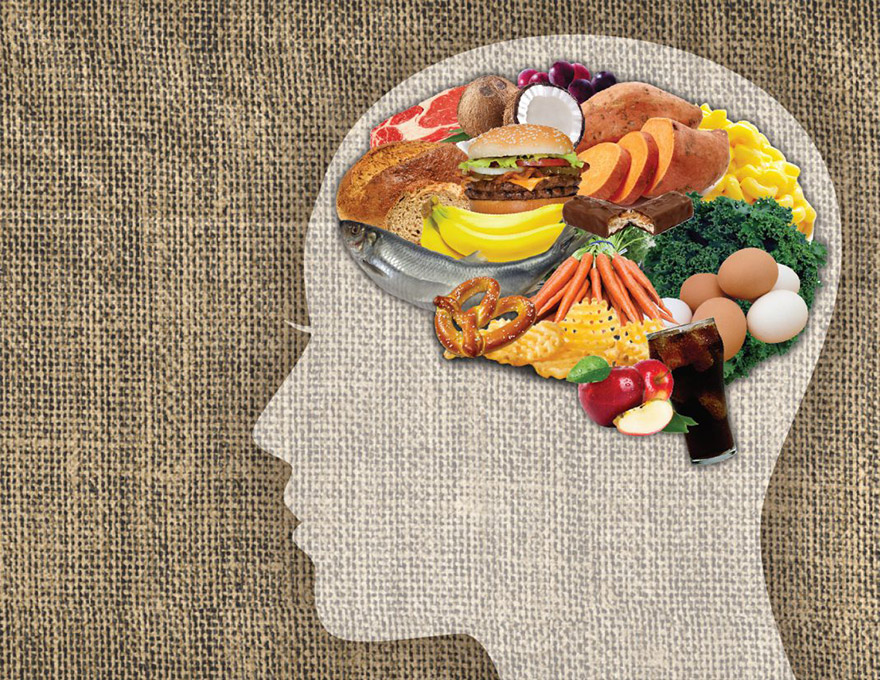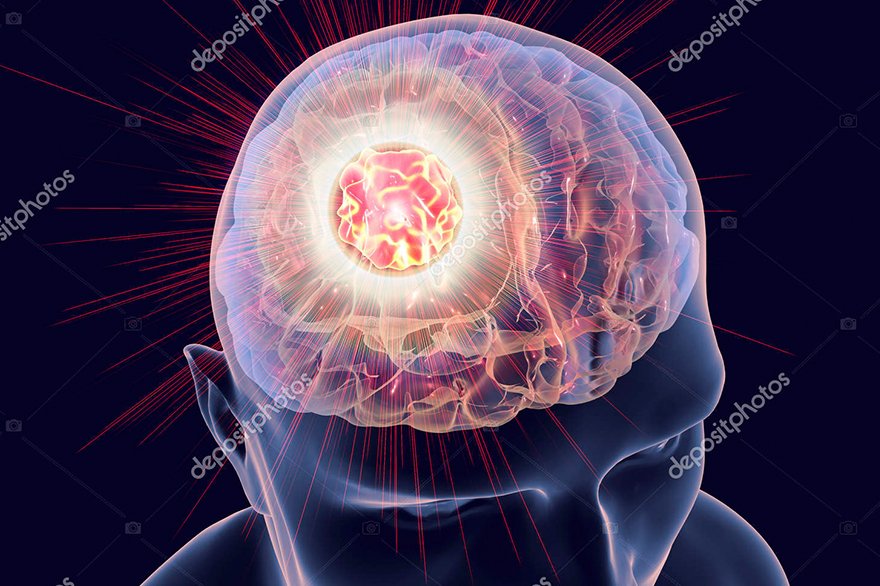If you work in an office and sit for the majority of the day, you’re probably familiar with back pain. Sitting at a desk for eight hours a day can cause stiffness and tension, which can make working difficult. You may be at an even higher risk of developing back pain if your job requires you to twist or bend frequently. Between 50 and 80 percent of people will experience back pain at some point in their lives, and about 20 percent of adults will experience back pain in a single year.
Back pain can range from a sharp, sudden pain caused by twisting or moving suddenly to a constant, dull ache that develops over time. Back pain can be acute, lasting a few days to weeks or chronic lasting a months to year or more. Lower back pain is usually only temporary and will go away on its own with or without proper self-care. However, approximately few people who suffer from acute back pain can develop chronic back pain.
Back pain, whether dull and achy or sharp and stabbing, can make it difficult to focus on your work. Unfortunately, many jobs, such as nursing, construction, and factory work, put a lot of strain on your back. Back pain can be caused or exacerbated by even routine office work. Learn about the causes of back pain at work and how to avoid it.
Common office related problems are –
- Back pain
- Neck pain
- Leg pain
- Numbness in the hands
- Headache
- Blurring of vision
- Dryness in the eyes
- Muscle soreness and pain due to pressure after pronged sitting in one position
Protect your Staff:
The employer must:
- Wherever possible, avoid work activities that can cause back pain.
- If you can’t avoid the activity, evaluate it to see what you can do to reduce the risk of back pain.
- Implement the control measures you’ve identified, and make sure they’re working by monitoring and reviewing them.
- Consult your employees and, if they have any health and safety concerns, address them.
Common causes of back pain:
Back pain at work can be caused by a variety of factors. Consider the following scenario:
- Force – Lifting or moving heavy objects with too much force on your back can result in injury.
- Repetition – Certain movements, particularly those that involve twisting or rotating your spine, can injure your back if you do them repeatedly.
- Inactivity – Back pain can be caused by an inactive job or a desk job, especially if you have poor posture or sit all day in a chair with insufficient back support.
- A person’s bad lifestyle also affects back pain; poor diet, unhealthy habits (smoking, drinking) and so on.
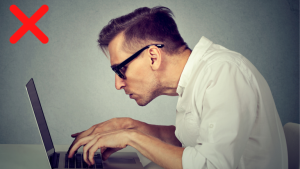
Tips to prevent back pain at work:
1. Create an ergonomic workspace
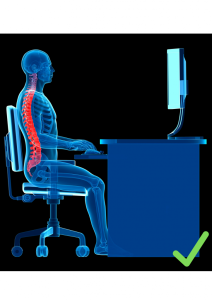
Employees can reach everything they need in an ergonomic workspace without straining. By adjusting the height of desks, chairs, and monitors, proper office ergonomics promote good posture. Here are a few pointers on how to set up an ergonomic workspace:
- Place the computer monitor at eye level in order to avoid tilting your head or leaning forward.
- Position frequently used items within your arm’s reach to avoid moving or stretching your hand.
- Adjust the brightness of the monitor in which your eyes feel comfortable and non-straining.
- Adjust the height of your chair and desk
2. Choose the right office chair
- Adjustable height: Choose a desk chair with a height adjustment so that your elbows are at a comfortable angle with your desk.
- Adjustable backrest: When sitting with your back against the backrest and your calves against the front of the chair, there should be 2 to 4 inches between your calves and the front of the chair if your desk chair has an appropriate seat depth. Choose an office chair with the appropriate seat depth or a backrest that can be adjusted.
- Adjustable armrests
- Comfortable material
3. Practise good posture
- Maintain a straight line between your shoulders and your head.
- Keep your back against the chair’s backrest.
- Maintain a square relationship with your computer screen by keeping your shoulders back.
- By bringing your chair closer to your desk, you can keep your upper arms parallel to your spine.
- Do not cross your legs and keep your feet flat on the ground.
- Maintain a 90-degree angle with your knees and, if necessary, a footrest.
4. Take frequent short breaks
Take breaks between work to stretch your body and relax, continuous work makes the body stiff and result in back pain. So this point is very essential.
5. Choose comfortable shoes
For work, always choose flat and comfortable footwears. High-heeled footwears negatively affect the spine and the body, also back pain arises by wearing these for a long time. Flats help in back comfort.
Summary –
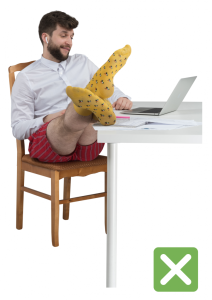
Tips to prevent these office related problems:
- Eye posItion-during working in front of monitor or laptop our eye level should be at the level of the monitor or slightly above the monitor.
- neck and shoulder should be relaxed.
- Elbow and shoulder should be flexed at 70 -90 degrees at least
- wrist should be pronated and not flexed
- Our back should be supported by small pad or pillow
- thigh should be parallel to the ground
- foot should be resting flat and supported by small stool
- long static posture is not advisable- if you are sitting or standing— you have to change the position-you have to get up and walk around and take micro breaks for a minute or two. At the same time you can focus your eye on distant object ,which will reduce your eye strain and prevent dryness in eyes.
- using adjustable rotating chair is helpful instead of static chair.
- other small things like reduce the brightness /contrast of the screen, increase in the font size and avoiding direct light source in from the the working area is avoided.
By following these steps we can work comfortably long hours and reduces the pressure over the spine and help our spine.
Find back pain relief with NeuroWellness brain and spine care
Back pain at work can range from a dull ache to severe chronic pain that interferes with daily activities. Even minor back pain can have a significant impact on your ability to focus and work in a comfortable manner. Because we recognise that pain is a complicated symptom, the specialists at Neurowellness care centre will create a pain management plan specifically for you and your back pain. The NeuroWellness care specialists provide a wide range of pain treatment options, such as therapies, medications, injections, and surgeries. Our doctors can draw on a variety of disciplines to provide you with the best back pain treatment in Bangalore and prevention options.

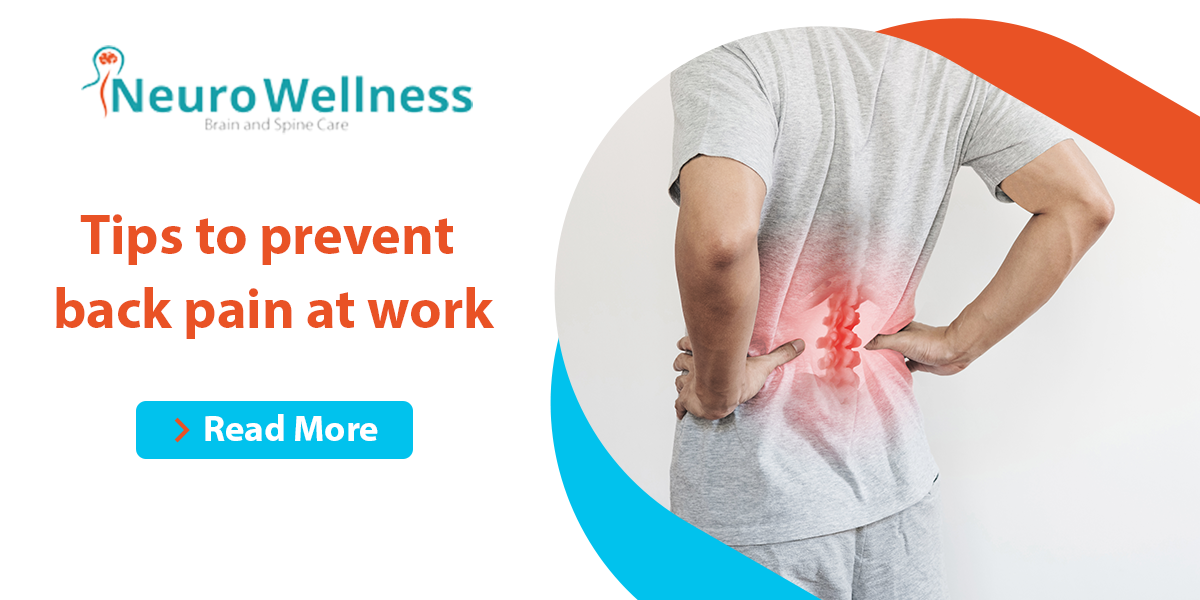
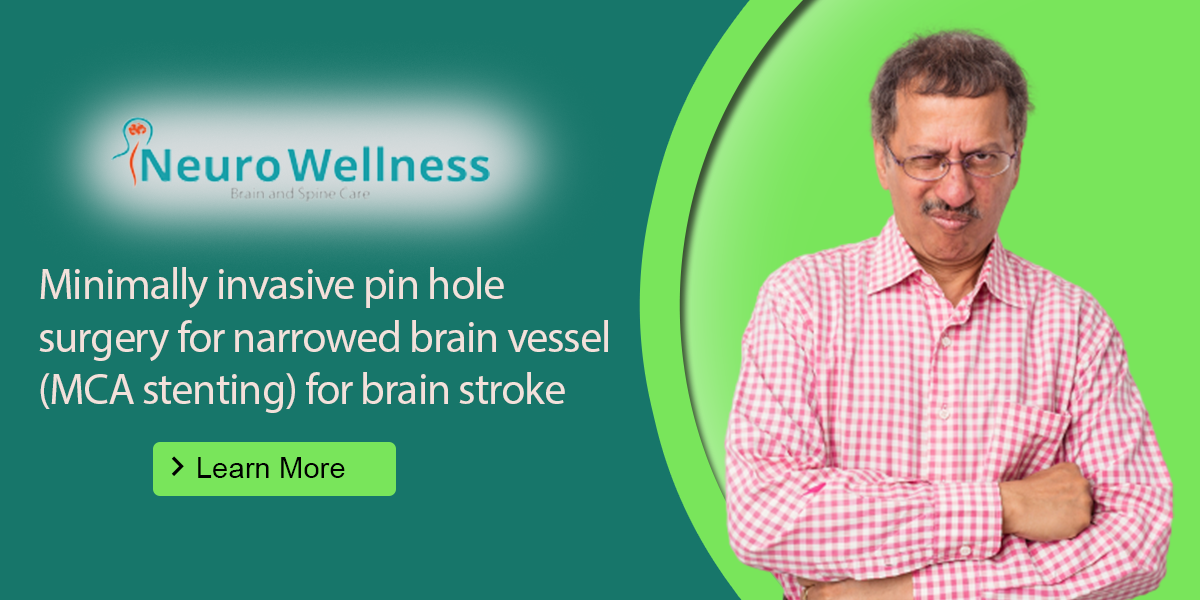
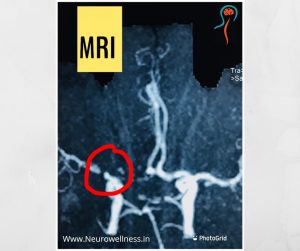
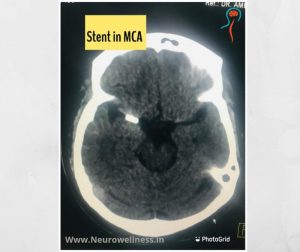
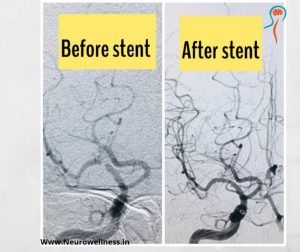
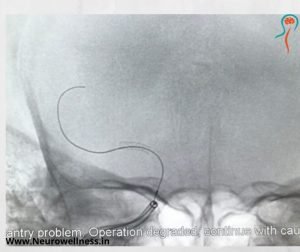
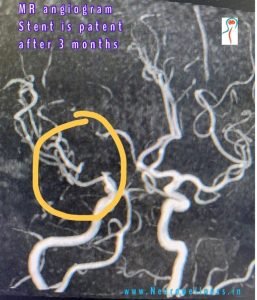


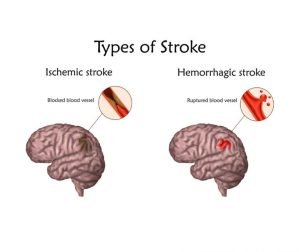



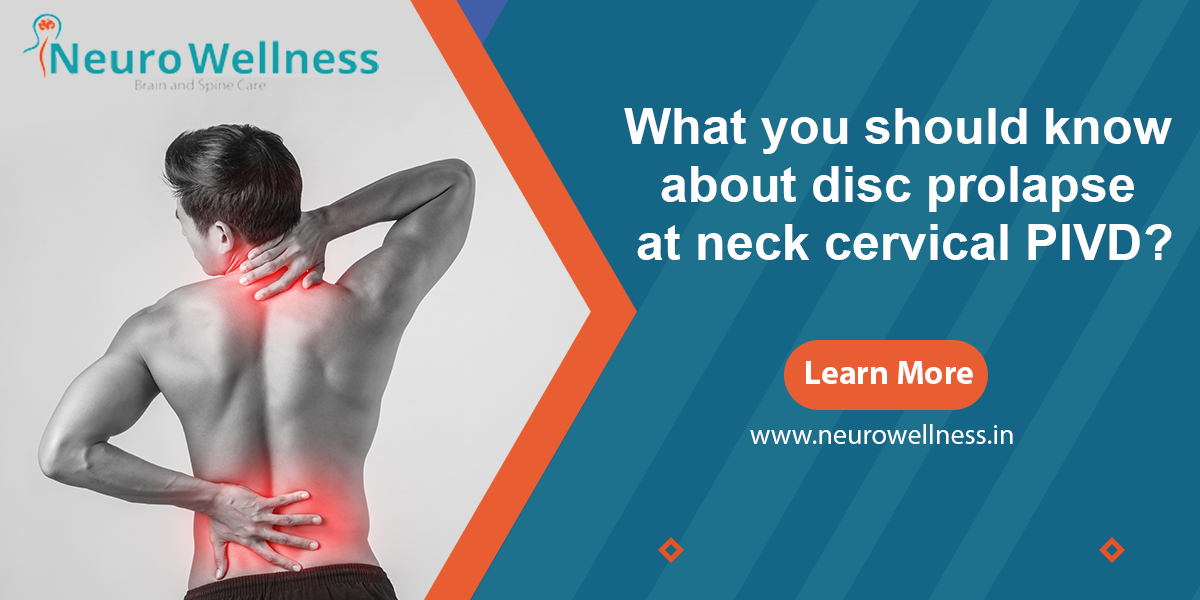
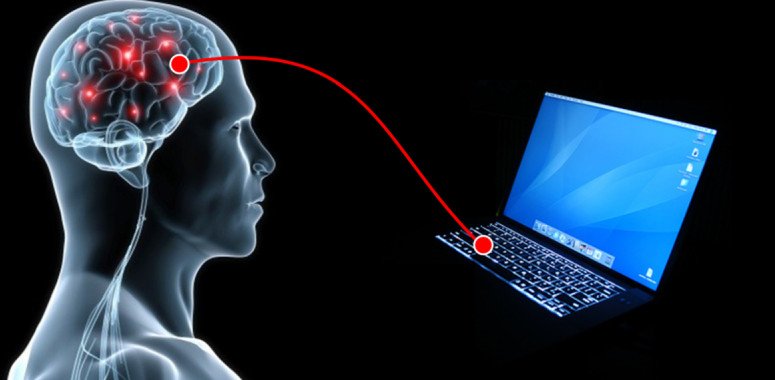
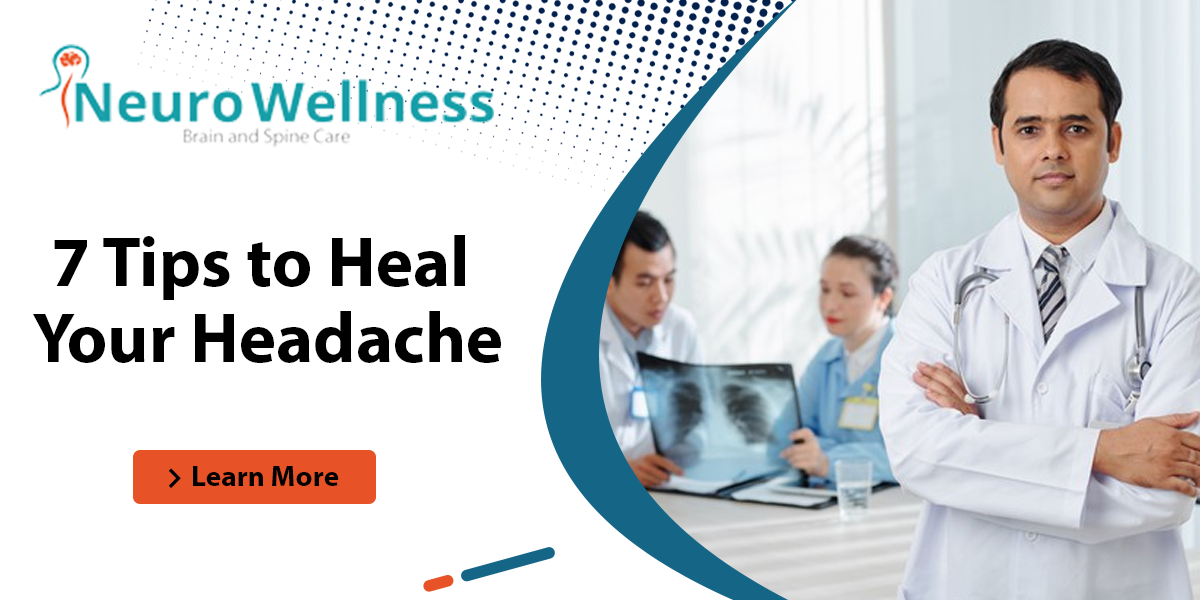
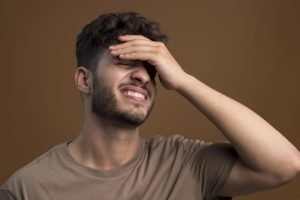
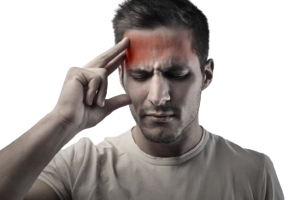
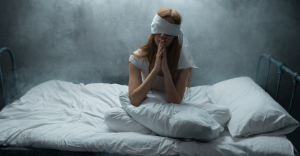
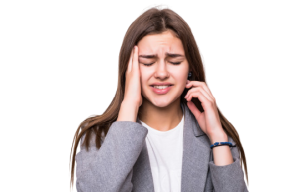
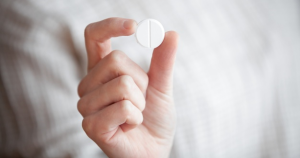


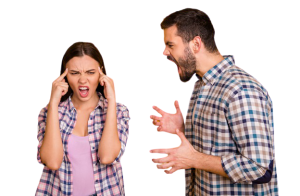
 A headache that gets worse even after you take pain medications so if you have an immediate health concern, don’t wait weeks to book an appointment with the best Headache Specialist in Bangalore.
A headache that gets worse even after you take pain medications so if you have an immediate health concern, don’t wait weeks to book an appointment with the best Headache Specialist in Bangalore.